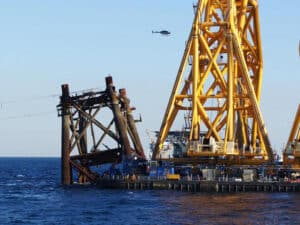
Industry cautious on well control final rule
Written by Nick Blenkey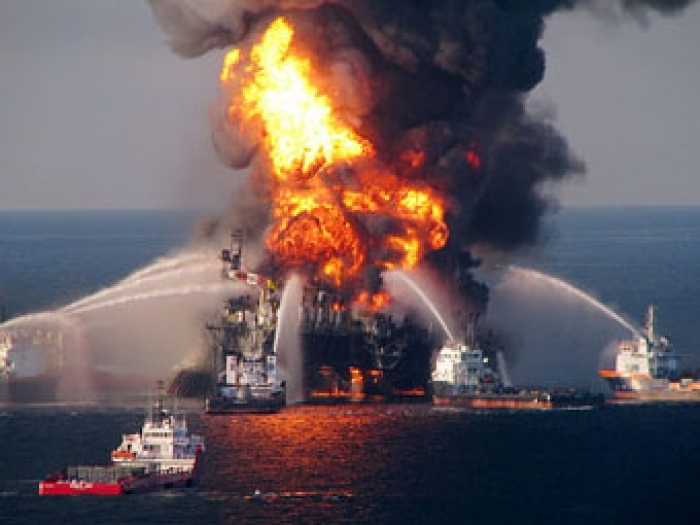
APRIL 15, 2015 — Six years after the Deepwater Horizon explosion, the Bureau of Safety and Environmental Enforcement has announced final well control regulations to reduce the risk of an offshore oil or gas blowout that could result in the loss of life, serious injuries or substantial harm to the environment.
BSEE says the regulations build upon findings and recommendations from several investigations and reports concerning the root causes of the Deepwater Horizon disaster and follow extensive consultation with industry groups, equipment manufacturers, federal agencies, academia and environmental organizations.
Initial industry reaction has been cautious.
“The good news for industry today is that we are now learning what is actually in the final well control rule,” said Randall Luthi, President of the National Ocean Industry Association. “We are gratified that some industry concerns were addressed. When regulations require retrofitting existing equipment or the use of new technology, it is best to have a reasonable implementation time. This was important to industry, and on that aspect BSEE agreed and extended many of the proposed timelines. However, the final language on the prescriptive drilling margin may not completely address valid concerns expressed by some of our members. Therefore, the implementation scheme of that section will be key as regulators move forward under the rule. There may very well be more earwigs tucked away in the corn, but we are just now beginning to peel back the layers of this massive rule.”
“We cannot ignore, however, that the release of the final rule culminates a rulemaking process that was flawed,” continued Mr. Luthi. “For months, members of Congress, industry trade associations, oil and gas companies and their employees weighed in on the rule, urging the regulators and the White House to take more public comment, consider new economic studies, and pull back and rewrite portions of the rule. Like trying to hit a bullseye while blindfolded, no one received meaningful feedback and everyone was left guessing whether their input had hit the mark and would be reflected in the final rule.
“In the end, nothing is more important to the oil and gas industry than safety; and cooperation and collaboration with federal regulators from planning to execution is still the best and safest policy. Industry has put sweeping new safety standards in place over the last six years, and we welcome effective regulations that support and enhance our efforts to safely and cleanly deliver the energy America needs.”
API, the American Petroleum Insitute, said it is reviewing the final rule and cautioned that elements of the initial proposal were found to have technical problems and, if left unchanged, could make offshore operations less safe.
“We are committed to safe operations and support efforts by the government to build upon the progress already made by the industry on safety,” said Erik Milito, API upstream group director. “We must make sure that technical changes were made to aspects of the government’s initial proposal that could have made offshore operations less safe.”
Included among the list of concerns filed in last year’s comments was the recommendation by the government to shift operational decision making from rig site personnel to offsite personnel. The industry believes that onsite personnel have the best understanding and most complete picture of the current operation, key risks, and critical considerations.
“Offshore oil and natural gas development in the U.S. is safer than ever before thanks to diligent, continuous industry leadership and efforts of industry and regulators,” said Mr. Milito. “It is imperative that BSEE ensure any new regulatory requirement does not unnecessarily erode the strong safety and national security gains that have been achieved in the last half decade.”
So, what’s in the final rule?
BSEE says that, specifically, it “addresses the full range of systems and equipment related to well control operations, with a focus on blowout preventer requirements, well design, well control casing, cementing, real-time monitoring and subsea containment. The measures are designed to improve equipment reliability, especially for blowout preventers and blowout prevention technologies. The rule requires operability of equipment through rigorous testing and provides for the continuous oversight of operations, all with the goal of improving the reliability of equipment and systems to protect workers’ lives and the environment from the potentially devastating effects of blowouts and offshore oil spills.”
The regulations combine prescriptive and performance-based measures to ensure that oil and gas companies and offshore rig operators are cultivating a greater culture of safety that minimizes risk.
Key features of the rule include requirements for blowout preventer systems, double shear rams, third party reviews of equipment, real-time monitoring data, safe drilling margins, centralizers, inspection intervals, and other reforms related to well design and control, casing, cementing and subsea containment.”
“We listened extensively to industry and other stakeholders and heard their concerns loud and clear — about drilling margins, blowout preventer inspections, accumulator capacity, and real-time monitoring,” said U.S. Assistant Secretary for Land and Minerals Management Janice Schneider. “This rule includes both prescriptive and performance-based standards that are based on this extensive engagement and analysis.”
BSEE says that based on “robust, technical comments” received during the rulemaking process, several adjustments were made to provisions of the proposed rule that are reflected in the final version. These changes, it says, preserve stringent requirements regarding the safety drilling margin, interval testing and major inspections for blowout preventers, and also incorporate criteria for alternative practices that are subject to review, justification and approval. This rule provides flexibility so that regulatory oversight keeps pace with technological changes, provided future innovations can meet the rule’s standards for safety performance.
You can download a fact sheet HERE and the complete final rule HERE

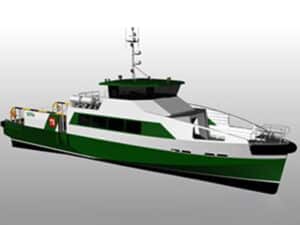
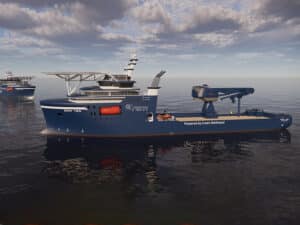
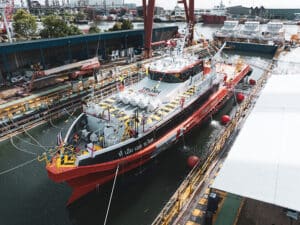
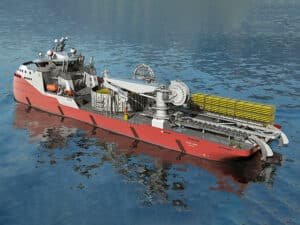
Leave a Reply
You must be logged in to post a comment.